Name John Lord Role Author | ||
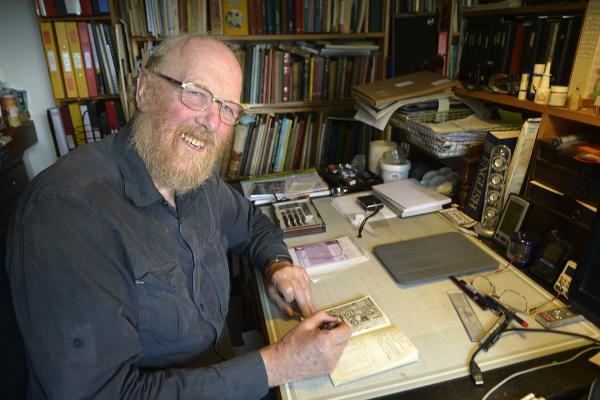 | ||
Books The Giant Jam Sandwich, The runaway roller skate, Mr Mead and His Garden, Miserable Aunt Bertha, Illustrating Lear's nonsense | ||
Alice through the looking glass john vernon lord
John Vernon Lord is an illustrator, author and teacher. He has illustrated texts including Aesop's Fables, The Nonsense Verse of Edward Lear; the Folio Society's Myths and Legends of the British Isles, and Epics of the Middle Ages. In addition, he has illustrated many classics of children's literature including Lewis Carroll's "The Hunting of the Snark".
Contents
- Alice through the looking glass john vernon lord
- The giant jam sandwich by john vernon lord
- Background and education
- Drawing for a living
- Brighton
- Selected publications as an illustrator
- Books
- References
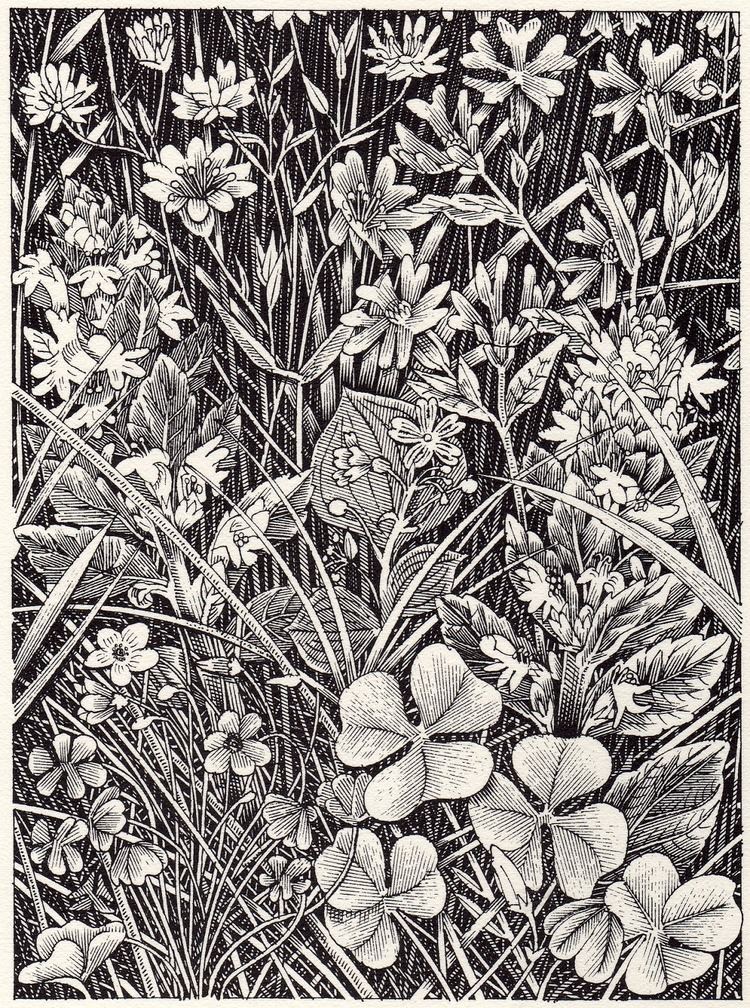
Lord has written and illustrated several children's books, which have been published and translated into several languages. His book The Giant Jam Sandwich has been in print for over thirty years.
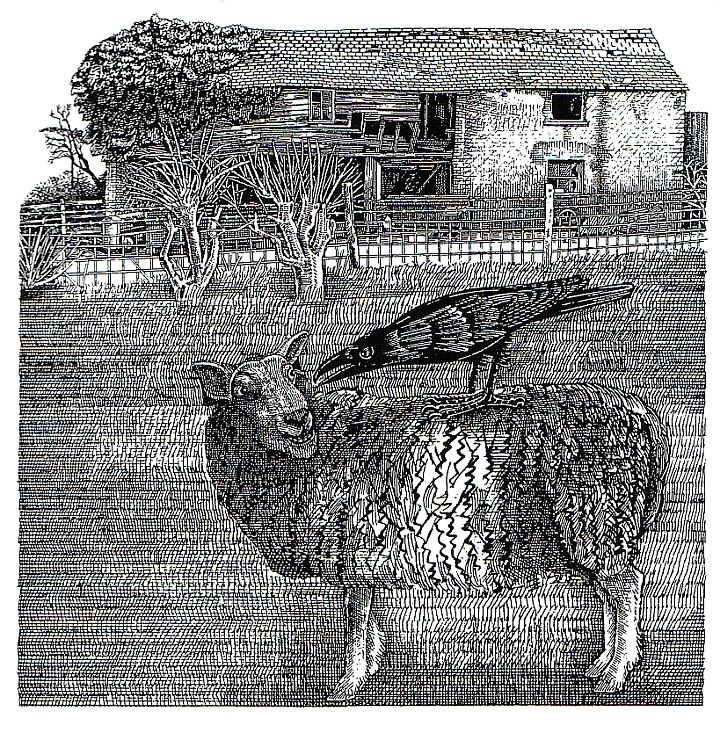
As a university professor, John Vernon Lord has lectured on the art of illustration for over 40 years.

The giant jam sandwich by john vernon lord
Background and education
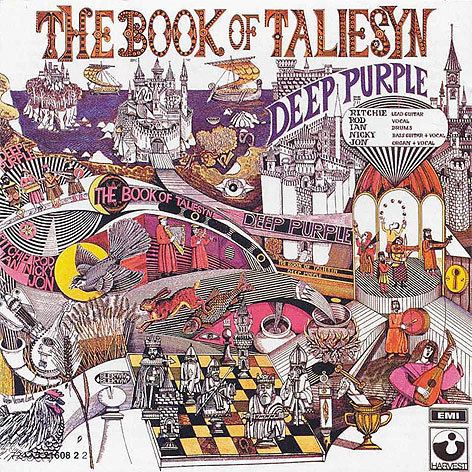
John Vernon Lord was born in Glossop, Derbyshire in 1939. He was the son of a baker and a ship's hairdresser. He attended Salford School of Art, now the University of Salford in Lancashire (1956–60); and completed his formal education at the Central School of Arts and Crafts in London, where he was taught by the modernist writer and artist Mervyn Peake and the surrealist Cecil Collins, amongst others. In his recent retrospective, Drawing Upon Drawing he states that,
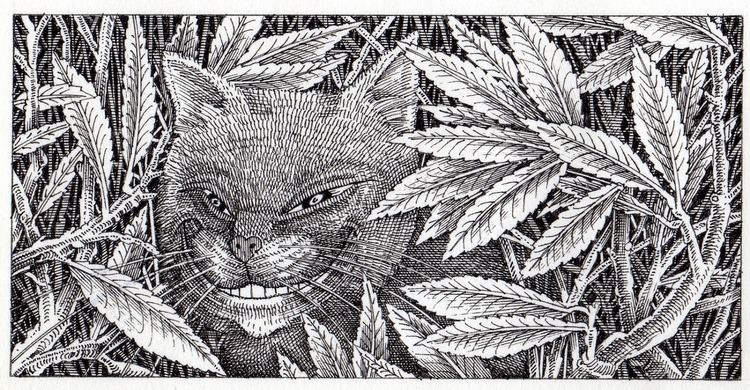
"During (his) student days, in the late 1950s the work of Gerard Hoffnung, André François, Ronald Searle and Saul Steinberg...and, to a certain extent..the work of Paul Klee"
were also influential, as was "an abiding interest" in Victorian steel engraving.
Drawing for a living
In 1961, Lord began work as a freelance illustrator, joining the agents Saxon Artists, in New Oxford Street, London. This required him to draw on demand, day in and out, often for long hours. He describes the difference between life as an art student and life as a professional illustrator in the following terms:
As well as drawing the insides of stomachs, I tackled everything that came my way. I carried out portraits of company directors for their retirement dinner menu covers, buildings for brochures, strip cartoons, maps and humorous drawings for advertisements....gardens and their plants, vegetables, mazes, refrigerators, dishwashers, totem poles, kitchen utensils, resuscitation diagrams, all kinds of furniture, typewriters, agricultural crop spraying machines, door locks, folded towels, decorative letters, Zodiac signs, animals....When you are a student there is a tendency at first to limit yourself to draw only what you like drawing. This of course ultimately shackles you and limits your repertoire ...(it) narrows the margin of what you are able to depict in an image and consequently stifles imagination and ideas.
As a commercial artist, in 1968 Lord designed the album cover for The Book of Taliesyn by the band Deep Purple. The brief from the artist's agent is detailed in Drawing upon Drawing as follows:
"the agent gave me the title saying that the art director wanted a 'fantasy Arthurian touch' and to include hand lettering for the title and the musicians' names. I mainly drew from The Book of Taliesin, which is a collection of poems, said to be written by the sixth century Welsh bard Taliesin."[3]
Brighton
In 1968, Lord became a teacher at Brighton College of Art (now the Faculty of Arts). He concentrated on the illustration of books. He was commissioned to illustrate the Adventures of Jabotí on the Amazon and Reynard the Fox and so began a love affair with narrative illustration. During the 1970s, while a teacher at Brighton, he wrote The Giant Jam Sandwich, The Runaway Roller Skate and Mr Mead and his Garden, and illustrated Conrad Aiken's Who's Zoo Lord produced several illustrations for Punch and the Radio Times. He wrote articles and gave public lectures on illustration as an art form. He began to work in black and white. In an article on cross hatching Lord writes:
"The whiteness of the paper already exists before you proceed to draw. It has established itself as a fundamental entity; a ground to tread on. What marks you make on the paper are as important as the marks you don't make; or is the opposite the case? The editing and selection of gap-making is fundamental to drawing. Nothingness, therefore, allows something else to exist. Planets move in space. Planets need space to move about in. Space doesn't need planets. The pencil (or whatever other drawing instrument you are using) clothes the naked surface of the paper with a network of marks and the paper often peeps through the drawing. A picture is made up of a balancing between the making, the removing, and the not-making of marks. Somehow a drawing represents the trails of a journey like, as Klee put it – 'taking a line for a walk', which is a far more conducive activity than taking a dog for a walk."
In 1986, he was appointed Professor of Illustration at University of Brighton and his inaugural lecture Illustrating Lear's Nonsense was published a few years later. Robert Mason reviewing Lord's lecture A Journey of Drawing An Illustration of a Fable writes:
Lord's fastidious verbal dissection of the process of making a single pen and ink illustration, The Crow And The Sheep, over a period of 11 hours and 11 minutes on the 10th and 11th of February 1985, was intimate and unique. Its very length, and its combination of intense focus interspersed with frequent digressions – about how to avoid actually working, the tendency of Rotring pens to clog, contemporary news topics (mortgage rate increases / African famines / American defence spending…) and the maximum and minimum temperatures of the days in question (minus 3 and minus 7 degrees Fahrenheit) made the audience feel at one with the process..."
